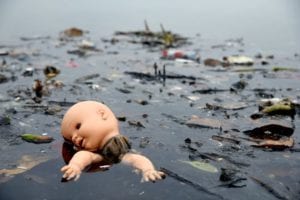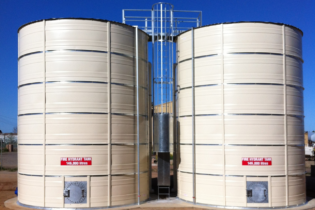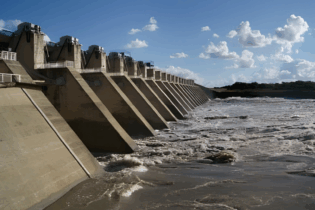Scientists at the Federal University of Rio de Janeiro, who have been testing the waters around Rio for the last 20 years, have expressed disappointment with the lack of progress being made in preparation for the 2016 Olympics.
Employing advanced technology from SEAL Analytical, the university’s marine biology laboratory has revealed worrying trends for parameters such as ammonia, nitrates and phosphates. Guanabara Bay sits beneath the iconic Sugar Loaf Mountain, and is set to be the location for the sailing events of the 2016 Olympics.Floating TV sets, sofas and dead animals
However, practising international contestants have complained of detritus in the water presenting a hazard and there is concern that the event may have to be moved further out to sea. “Sailors have reported floating TV sets, sofas and dead animals,” says the University’s Rodolfo Paranhos. “These items present a physical hazard that can damage a yacht or get caught up in the rudder, causing it to lose its place in a race. However, chemical and biological pollution represents a potentially more serious threat, because of the diseases that can arise from sewage pollution.” Greater Rio has a population of over 10 million people and millions of litres of untreated sewage are discharged into Guanabara Bay and into the rivers that feed it, every day.As a result, these rivers are largely anoxic – incapable of supporting normal aquatic life. The Brazilian government has taken some initiatives to address the pollution, with nets preventing debris from entering the bay and so-called ‘Eco-Boats’ scooping up floating and slightly submerged debris.








